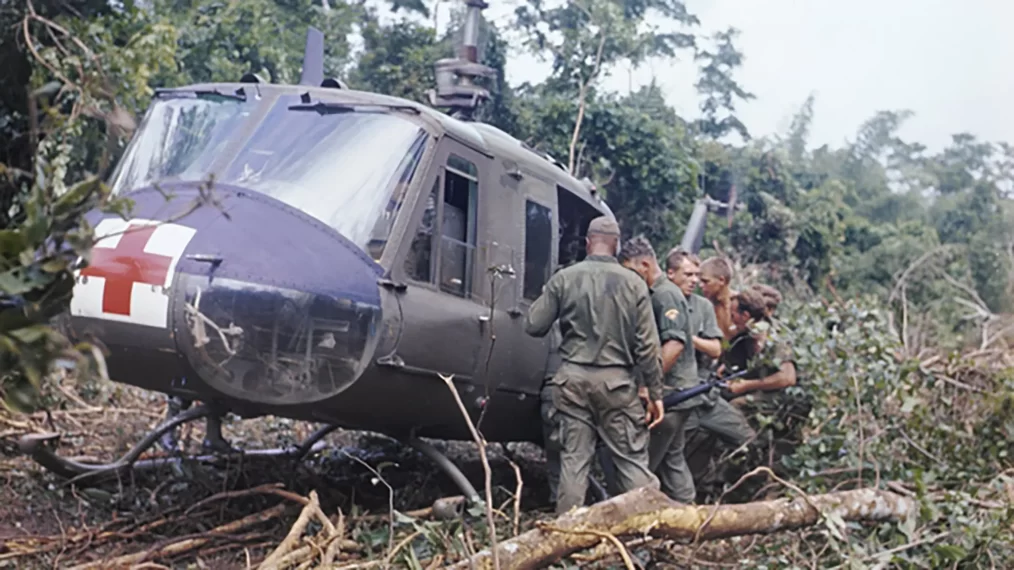
Forefathers of Modern MEDEVAC Crews Flew Through Hell for Their Soldiers in Vietnam
An American medical evacuation ‘dustoff’ helicopter takes aboard a casualty during operations in the jungle. Photo from the Australian War Memorial via Wikimedia Commons.
Vietnam War Dustoff crews flew countless missions into unsecured landing zones with one mission: save the wounded.
One such pilot was Maj. Charles “Combat” Kelly, a leading figure for Army “Dustoff” units, which pioneered life-saving helicopter evacuations. As commander of the 57th Medical Detachment (Helicopter Ambulance), Kelly flew a mission on July 1, 1964, to evacuate wounded soldiers. When warned that the landing zone was too dangerous, he famously replied, “When I have your wounded.” Moments later, a bullet struck him fatally. Kelly’s courage and dedication inspired the “Dustoff” mission, as mid-battle air evacuation became known.
This week, veterans of Dustoff units gathered at the U.S. Army Medical Centre of Excellence in San Antonio, Texas, to celebrate a new honour for their community—the Congressional Gold Medal, signed into law by President Joe Biden on September 26. Brig. Gen. Clinton Murray spoke of the legacy these crews left for modern MEDEVAC operations, highlighting their daring missions. He shared examples of Dustoff crews flying backward to avoid intense fire, navigating through dense fog, and taking off despite overloaded helicopters.
The medal, proposed by Sen. John Cornyn, recognizes all Dustoff crews, especially the 57th and 54th Medical Detachments. By 1969, these units had grown to include 140 helicopters across Vietnam, with a staggering 33% chance of casualty among crew members due to the hazardous conditions.
Dustoff crews saved countless lives, often exceeding helicopter weight limits to bring all wounded personnel to safety. Their primary air ambulance, the UH-1 Huey, became iconic as they evacuated civilians, enemy fighters, Australian and South Vietnamese allies alongside American troops. Dustoff medics developed many techniques still used today in both military and civilian medicine.
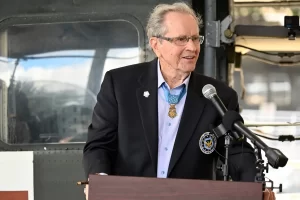 Photo: Retired Maj. Gen. Patrick Brady, a Medal of Honor recipient and former Vietnam Dustoff pilot, was a guest speaker at a ceremony recognizing the passing of the Dustoff Crews of the Vietnam War Congressional Gold Medal Act. Army photo by Jose Rodriguez.
Photo: Retired Maj. Gen. Patrick Brady, a Medal of Honor recipient and former Vietnam Dustoff pilot, was a guest speaker at a ceremony recognizing the passing of the Dustoff Crews of the Vietnam War Congressional Gold Medal Act. Army photo by Jose Rodriguez.
One attendee, retired Maj. Gen. Patrick Henry Brady, flew three daring missions in a single day on January 6, 1968, under enemy fire and across active minefields, rescuing 51 soldiers in a series of helicopters. His courage earned him the Medal of Honor from President Nixon.
Today, Dustoff crews’ achievements continue to guide military medical protocols, including the “golden hour” standard for rapid evacuation, ensuring that wounded personnel receive care within 60 minutes. Their advances—such as field-administered blood products, mechanical ventilation, and advanced battlefield care—remain vital.
As Brig. Gen. Murray noted, “All of those lessons are on the back of all that you did in the Vietnam War, and all those advances are not near as impressive as the people.” The Congressional Gold Medal will honour these pioneers, acknowledging the skill, bravery, and dedication that revolutionized combat medicine.

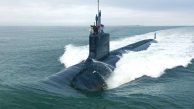
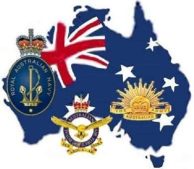
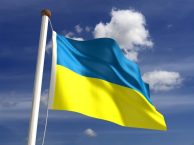
I totally agree.